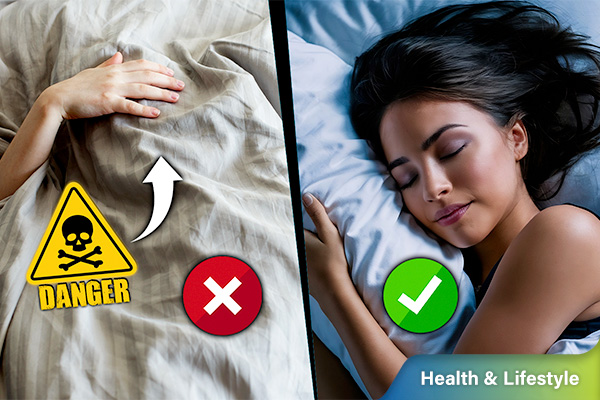What Should You Do During an Earthquake?
In order to keep yourself and your loved ones safe during an earthquake, there are various steps which you should be aware of.
Although earthquakes are a rarely happening natural disaster, it can be a big threat to life.
And in order to keep yourself and your loved ones safe during an earthquake, there are various steps which you should be aware of.
If you are inside, stay inside.
Do not run outside or to other rooms during an earthquake. You are less likely to be injured if you stay where you are.
To reduce your chances of being hurt, take the following actions:
-
If possible, quickly move away from glass, bookcases, cabinets, or other large furniture that could fall such as bricks from fireplaces and chimneys, light fixtures, wall hangings, high shelves, and cabinets with doors that could swing open.
-
If available nearby, grab something to shield your head and face from falling furniture and broken glass.
-
If you are in the kitchen, quickly turn off the stove and take cover at the first sign of shaking.
-
If you are in bed, hold on and stay there, protecting your head with a pillow. Broken glass on the floor can cause injuries if you walk or roll onto the floor.
If you are in a high-rise building
-
Move away from windows and outside walls.
-
Stay in the building.
-
Do not use the elevators. The electricity may go out, and the sprinkler systems may come on.
-
If you are trapped, stay calm. Try to get someone’s attention by tapping on hard or metal parts of the structure. Doing so may increase your chances of being rescued.
If you are inside a crowded place
Do not rush for the doorways. Others will have the same idea.
-
Move away from display shelves containing objects that may fall.
-
If you can, take cover and grab something to shield your head and face from falling furniture and glass.
If you are outside, stay outside.
-
Move away from buildings, utility wires, sinkholes, and fuel and gas lines.
-
Go to an open area away from trees, telephone poles, and buildings.
-
The area near the outside walls of a building is the most dangerous place to be. Windows and architectural details are often the first parts of the building to collapse. Stay away from this danger zone.
If you are in a moving vehicle, stop as quickly and safely as possible.
-
Move your car to the curb, away from utility poles, overhead wires, and under- or overpasses.
-
Stay in the car and set the parking brake. A car may jiggle violently on its suspensions, but it is a good place to stay until the shaking stops.
-
Turn on the radio for emergency broadcast information.
-
If a power line falls on the car, stay inside until a trained person removes the wire.
-
When it is safe to begin driving again, watch for hazards created by the earthquake, such as breaks in the roads, fallen poles and wires, rising water levels, fallen overpasses, or collapsed bridges.
If you are near the Seashore.
-
If severe shaking lasts 20 seconds or more, immediately leave that place to high ground as a tsunami might have been generated by the earthquake.
-
Move inland 3 kilometers or to land that is at least 100 feet above sea level immediately. Don’t wait for officials to issue a warning.
-
Walk quickly, rather than drive, to avoid traffic, fallen objects, and other hazards.
Did you know about these steps? Even if you did make sure to share this with your close ones so that it can be helpful to them during the time of an earthquake.







